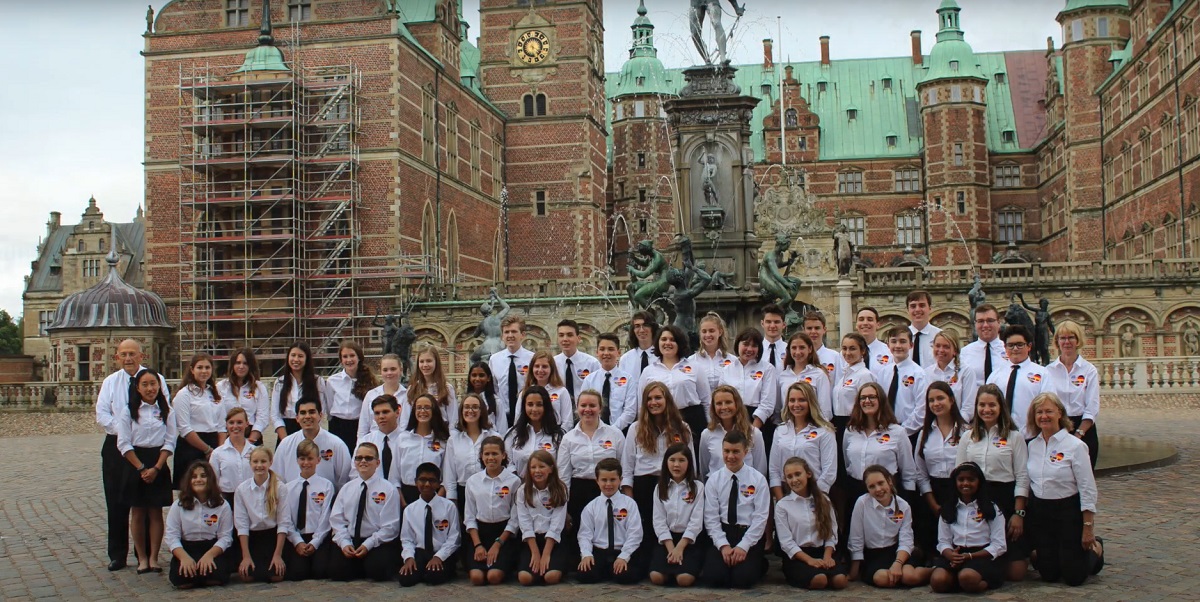
Hovering in the air is the aroma of a grill’s early evening production. Hamburgers, hot dogs, Italian sausages? Whatever it is, it feels right on a late spring evening as the sun finally bids adieu behind the clouds and the grass in the backyard is still plushy and warm from the generous afternoon sunshine.
The only thing missing is the soundtrack. The sweet sound of a wood bat hitting a baseball — twaaaack! — or the comforting echo from a catcher’s mitt — pop! — have been silenced this spring.
Baseball was supposed to begin in earnest more than two months ago, an annual rite of spring and a reminder that summer was waiting in the not-so-distant future. But first pitch has been delayed by the COVID-19 pandemic, and, whether it’s the Major Leagues or Little Leagues that we crave, we wait.
As someone who has played the game in some variety for 20 years of my life (as a kid back in the day and, more recently, in a local men’s league) and covered the sport at the professional level for more than a decade, I miss baseball. And I know I’m hardly alone.
When it’s nearly 9 p.m. and the sky is still aglow, reminding me of those picturesque sunsets over the city and the ballpark in South Philly, I’ve filled the void by reading about baseball. It’s a comforting way to wind down from the day and quench my thirst for the game.
Luckily for all of us, there is no shortage of reading material: Early spring doesn’t just mark the start of a new baseball season; it’s also the annual arrival of new baseball books. I’ve read three (two released this spring, the other from last year) and wholeheartedly endorse them all.
One note for transparency: two of the books were written by friends that I’ve known since my days as a baseball writer. But I went out and bought the books on my own and decided to write about them because I genuinely loved the stories within the pages. It’s an added bonus I can call these talented writers friends.
Doc: The Life of Roy Halladay
It’s been 10 years since the day I sat in a press box in Miami Gardens, got ready to cover another seemingly routine and ordinary baseball game (while the Game 1 of the Stanley Cup Finals between the Flyers and Blackhawks played on a nearby TV), and saw history unfold. I was fortunate to be one of a few writers who saw both Roy Halladay’s perfect game and postseason no-hitter in person, and, for a four-year period, to chronicle his Phillies career for the Delaware County Times and Philadelphia Daily News.
But even as someone entrenched with the Phillies during that time, and as a self-professed Halladay fan long before I was a baseball writer, I found Todd Zolecki’s “Doc” informative, enlightening, touching, and even inspiring. We all know the story of the Hall of Famer’s tragic death in a plane crash. Zolecki dives into those details through a heartbreaking play-by-play from Halladay’s widow, Brandy. The only things more difficult to read are accounts of personal demons, addictions, and trips to rehab that tormented Halladay in his last few years, as his body betrayed him, beginning with a crippling back injury.
But it’s easy to forget what made Halladay one of baseball’s all-time greats before his untimely death: the boyhood baseball training in his Colorado basement, the rise to top prospect status as a teenager, the sudden fall not long after arriving to the big leagues, and then his amazing revival (and historic career that followed) through sports psychology, physical dedication and sheer will. Zolecki’s reporting here is thorough and, because of that, Halladay’s folk hero-to-Greek tragedy life story is told in vivid detail from those who knew him best.
Stealing Home: Los Angeles, the Dodgers, and the Lives Caught in Between
If my first sports love is baseball, then my second is the sport’s history. Cooperstown, New York, isn’t just an idyllic American small town, to me but also home to a museum that feels more like a church to me.
So when I uncover a baseball story I’ve never heard before, one that digs deeper, beyond the box scores, bios, and whatever you find on the back of a baseball card, I get excited. I can nourish my baseball history-craving brain. “Stealing Home” did that by not just telling the tale of how the Brooklyn Dodgers became the Los Angeles Dodgers, but, unveiling, in full view, the families who became casualties of lawmakers and a millionaire owner who literally took their homes away.
Eric Nusbaum, a Los Angeles native and lifelong Dodgers fan, writes “Stealing Home” through the perspectives of the people most heavily involved in the proceedings: Abrana Aréchiga and her family, homeowners who would be physically uprooted from houses they built; Frank Wilkinson, an American civil liberties activist (who would eventually be caught up in the Red Scare) with a plan to build a utopian, massive housing project in L.A.; and Walter O’Malley, the long-time Dodgers owner who moved the franchise to California, bringing professional sports to the west coast for the first time.
Nusbaum carefully crafts the story, developing the characters in full and keeping the reader interested and invested with short, engaging chapters that make the story flow. “Stealing Home” reads more like a gripping novel than an important piece of nonfiction.
K: A History of Baseball in Ten Pitches
Twenty-one years ago, during my final semester of college, I found an elective course I was born to enroll in: History of Baseball in America. Since enough people didn’t enroll in the course (which I still find baffling), it became an independent study; I met with the professor twice a week and my assignments, mainly, involved reading the baseball texts he recommended.
Now that I do some college teaching myself, I would easily add “K” to the handful of required reading books if I created my own syllabus for such a class. What Tyler Kepner does in the span of 275 pages is nothing short of remarkable: He divides 10 chapters by the 10 most popular pitches thrown in baseball history, telling the stories of each pitch’s creation and its rise to relevance and fame through the very men who threw them, charting a course of baseball history that spans more than 150 years.
“K” is the baseball history equivalent of a road trip movie, but instead of hopping on a bike with Wyatt and Billy or riding in a tour bus with Penny Lane, you’re sitting shotgun with Tyler as he travels to Jim Bouton’s backyard in Massachusetts to catch a knuckleball from the former pitcher and famous author; shares a picnic bench in Clearwater, Florida, with Roy Halladay to see how he grips a cutter and hear the story of when he began throwing the pitch; dives through the library at The National Baseball Hall of Fame to uncover the origin of the curveball from a 112-year-old magazine story on Candy Cummings; and chats with the not always media-friendly Steve Carlton about how he made his famous slider one of the most lethal pitches in the game. The latter was over the phone, but Kepner makes you feel as if you’re in Carlton’s living room in Colorado.
Through tireless reporting (if there is a person in baseball history Kepner didn’t interview, I couldn’t figure it out) and vivid prose, “K” is a love letter to pitching; it’s baseball storytelling at its finest.
Perhaps the major league season will return in July. Until then, fill the time in between and your baseball needs with one of these reads (or accept the challenge from me of reading all three). You won’t be disappointed.
***
Dispatches from Home is a new weekly column from Sun Newspapers. The smart and safe COVID-19 isolations have surely left us all a little stir crazy. Each week, Ryan Lawrence will offer some ideas to keep you busy, entertained — sometime both — or draw on personal experiences of surviving and celebrating life during a pandemic.



